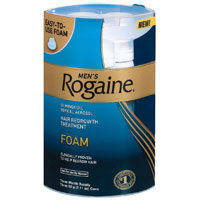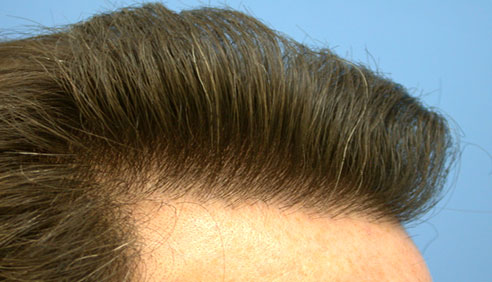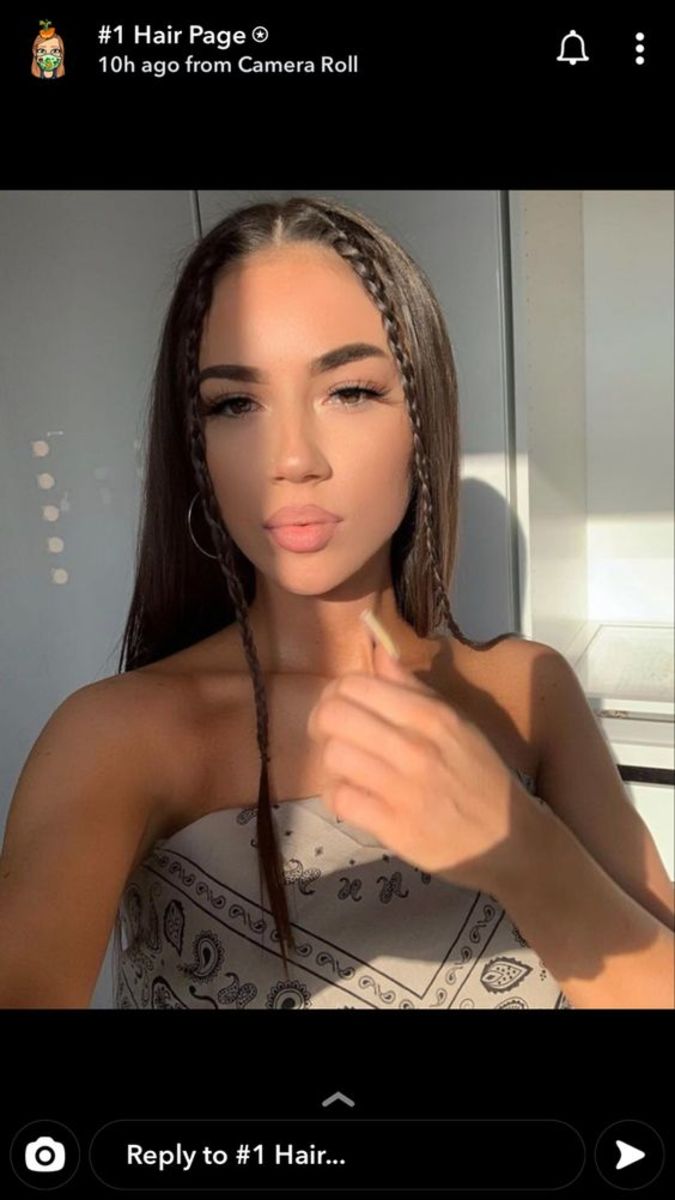Hair Loss Treatment - Hair Loss Treatment Options and Solutions
More than half of men and women in the United States experience hair loss. About 30% of people have hair loss by age 30 years, and about 50% have hair loss by age 50 years. If you’re among this number of men and women experiencing this phenomenon, you may feel as if finding a hair loss treatment that works is like finding a needle in a haystack.
Hair loss is most commonly hereditary, and if this is the cause of your condition, there may be very little you can do to prevent hair loss. Do not be discouraged, as hair loss is treatable, especially in its early stages.
In women, hair problems become evident when the hair begins to thin all over the scalp. Hair loss in men tends to begin at the temples, progressing towards the back of the head. Male pattern baldness is typically associated with the conversion of testosterone dihydrotestosterone (DHT). Over time, the presence of this hormone has been linked to the thinning or "miniaturization" of hairs. This will result in the shrinkage of the hair follicles which forces the hair to fall out, as well as weakening the hair shaft, reducing the amount of hair that is visible.
This article will list different hair loss treatments available. Remember that every condition may vary, and some treatments may not be as effective, depending on the cause and severity.

Topical Hair Loss Treatments
Minoxidil
Using a topical hair loss treatment may prove to be one of the most effective ways to restore hair growth. It is important to note, however, that minoxidil is the only US Food and Drug Administration (FDA) approved ingredient that is clinically proven to regrow hair.
Minoxidil is a topically applied liquid usually found in pre-mixed solutions, and can be used by men and women. How this ingredient actually works remains a mystery, but it is believed to have a direct effect on hair follicles promoting fiber development. It also works as a blood vessel dilator and has anti-androgen properties.
Available in 2% and 5% solutions, Minoxidil is available over the counter, and a prescription is only needed beyond these concentrations. However, the 5% solution or higher is not recommended for use in women because of the possibility of increased facial hair growth. Typically, this topical liquid is applied twice daily to the scalp. Studies show that it may effectively slow the rate of hair loss for 90% of its users, while 10% to 20% may experience regrowth of hair. Minoxidil is less effective for long-term hair loss or when large amounts of hair are lost. Therefore, early use is indicated to prevent progression of small areas of male or female pattern hair loss. Hair restoration physicians may use this treatment to retard hair loss in young patients. This helps delay the need for hair transplantation for several years, and the extended time helps to conserve the supply of hair the will be need for future transplantation.
Rogaine is the most popular and widely used minoxdil product. However there are other products containing the ingredient such as Provillus and generic store brands.
The drawback of using these products is that you must continue to use these products regularly for an indefinite period of time; otherwise you may experience hair loss again. Also, some may experience side effects such as severe allergic reactions, changes in hearing or vision, difficulty breathing, sudden weight gain, lightheadedness, increased chest, arm, or shoulder pain, and increased heart rate.
Hair Regrowth Treatment Shampoos and Conditioners
Another topical hair regrowth treatment is the use of include shampoos and conditioners specifically formulated for thinning or lost hair. Some of these products claim to work by neutralizing and removing sweat, oils, and DHT. If hair thinning or loss is minimal, then these products may be effective for thickening of the hair. If the condition is more severe, special shampoos and various scalp treatments can be used in conjuction with proven treatments such as Minoxidil, Finasteride, or surgical hair restoration. Results are not typically immediate, and long term use is usually required to notice a change. Reputable brands of shampoos and conditioners with great reviews include Nioxin, Nisim, and Tricomin.
Hair Loss Medication
Finasteride
Other hair loss remedies may take form in prescription tablets. Like Minoxidil, Finasteride (brand name Propecia®) is the only internal orally administered drug that is clinically proven to work and is FDA approved.
Finasteride is specifically for treating male pattern baldness and is not recommended for women. The medication works by inhibiting the activity of Type II alpha-reductase, thus lowering the level of DHT. Clinical observations of more than a million patients prove the drugs long-term effectiveness and safety in treating all men suffering from male pattern baldness. It is most effective in slowing hair loss and hair growth stimulation for those with early to moderate degrees of hair loss. Finasteride works best in stimulating hair regrowth over the crown of the scalp and is less effective in the front area known as the receding hairline. Finasteride is sometimes used alone or in combination with minoxidil to complement hair transplantation.
Propecia® is only available by prescription.

Vitamins For Hair loss, Natural Oils, and Herbs
While there are vitamins you can take for healthy hair and hair loss prevention, taking excessive amounts of vitamins can contribute to hair loss. Some of the most important vitamins for hair loss are the B vitamins. These essential vitamins include biotin, sulfur, folic acid, zinc, magnesium, and inositol. Diets deficient in magnesium may cause hair loss in patches, while diets lacking too little biotin or inositol may result entirely in baldness.
Taking vitamins for hair loss can be beneficial for overall health as long as their taken in moderation. Before taking any vitamins for hair loss or hair regrowth, you should consult with your doctor to determine the cause of your hair loss. Your doctor may take a blood test, which will establish if you have any vitamin deficiencies.
Essential oil use is an alternative hair loss remedy to regrow hair naturally. Aromatherapy is a relatively safe and effective treatment for alopecia or baldness.
The most popular essential oils that are used as a hair loss remedy are rosemary, lavender, cedarwood, thyme, and also grapefruit, lemon, jojoba oil, chamomile and bay. Below is a basic essential oil blend recipe you can use to stimulate hair growth:
At night: Use 3 drops of rosemary oil, 3 drops of lavender oil, 2 drops of thyme oil, 2 drops of cedarwood oil, 4 teaspoons of grapeseed oil and half teaspoon of jojoba oil. Mix all ingredients thoroughly. Massage the mixture into your scalp for at least two minutes before going sleep. Immediately wrap your head in a warm towel and leave it on overnight. You can also massage arnica, lavender, rosemary and calamus oils in your hair prior to shampooing your hair. Use a mild shampoo or special hair loss shampoo to maintain your sebum and the scalp’s ph balance.
****Before using any oils, take a skin patch test with each oil to ensure that you have no allergies.****
There are a number of herbs that are also effective in combating hair loss. Click here to read about the different herbs and how they work as a hair loss treatment.

Hair Restoration Surgery
The most permanent hair loss treatment is hair restoration surgery. This procedure is ideal for that experiencing hereditary hair loss and for those who don’t want to be committed to topical hair solutions and/or medications.
Hair transplantation begins with the evaluation of the patient’s donor area located at the back and sides of the hair. This area is known as donor dominant hair that will continue to grow, since this area has follicle that are genetically programmed not to shed. Of course, there must be a sufficient amount of hair in this area for successful transplantation. The transplantation of this hair to a bald area does not change its ability to grow.
Then, a small section of tissue is removed from the donor area and is then dissected into individual hair follicle pieces follicular units and microscopic grafts.
Once the detailed preparation of the grafts is complete they are placed into the thinning or balding areas. To create a more natural looking hairline, the grafts are placed at various angles. Slightly larger follicular units are placed behind the hairline, providing density and volume for the larger balding areas. The placement of these grafts are customized to each individual to match the natural grow pattern.
After the transplant the donor follicles retain their genetic ability to block hair loss, so this is a permanent hair loss solution.
If you are considering restoration surgery as a hair loss treatment, research and choose a hair transplant surgeon wisely. It is imperative to choose your physician carefully, as your results will be permanent.
Hair Loss Treatment Related Hubs
Hair Transplant Cost- What You Need To Know About Hair Transplant Costs, Procedures, and Financing
Laser Hair Restoration- Can Laser Hair Restoration be a Viable Treatment To Regrow Hair?
Laser Comb - Is the Laser Comb the Next Best Hair Loss Treatment?



